Damon Runyon Cancer Research Foundation awards new Quantitative Biology Fellowships
Nine Brilliant Young Scientists Take Quantitative Approach to Cancer Research
The first class of Damon Runyon Quantitative Biology Fellowship Awardees launched their research in novel directions that may lead to the next breakthroughs in cancer research. Nine brilliant young scientists will apply their quantitative skills to design innovative experiments and interpret massive data sets that may help solve important biological and clinical problems. The awardees were selected by a distinguished committee of leaders in the field.
Each postdoctoral scientist selected for this unique three-year award will receive independent funding ($240,000 total) to train under the joint mentorship of an established computational scientist and a cancer biologist. Damon Runyon has created this new funding mechanism to encourage quantitative scientists (from fields such as mathematics, physics, computer science and engineering) to pursue careers in cancer research. This support will help create an elite cadre of computational biology leaders trained in quantitative and biological sciences—scientists who are capable of traversing both worlds with ease and are comfortable speaking both languages fluently.
“Because this is in essence a new field at the nexus of traditional cancer research and data science, it is critical to draw fearless and brilliant young computational scientists to these problems to drive the field forward,” said Aviv Regev, PhD, of the Broad Institute and inaugural Chair of the Quantitative Biology Fellowship Award Committee.
2020 Class of Quantitative Biology Fellows
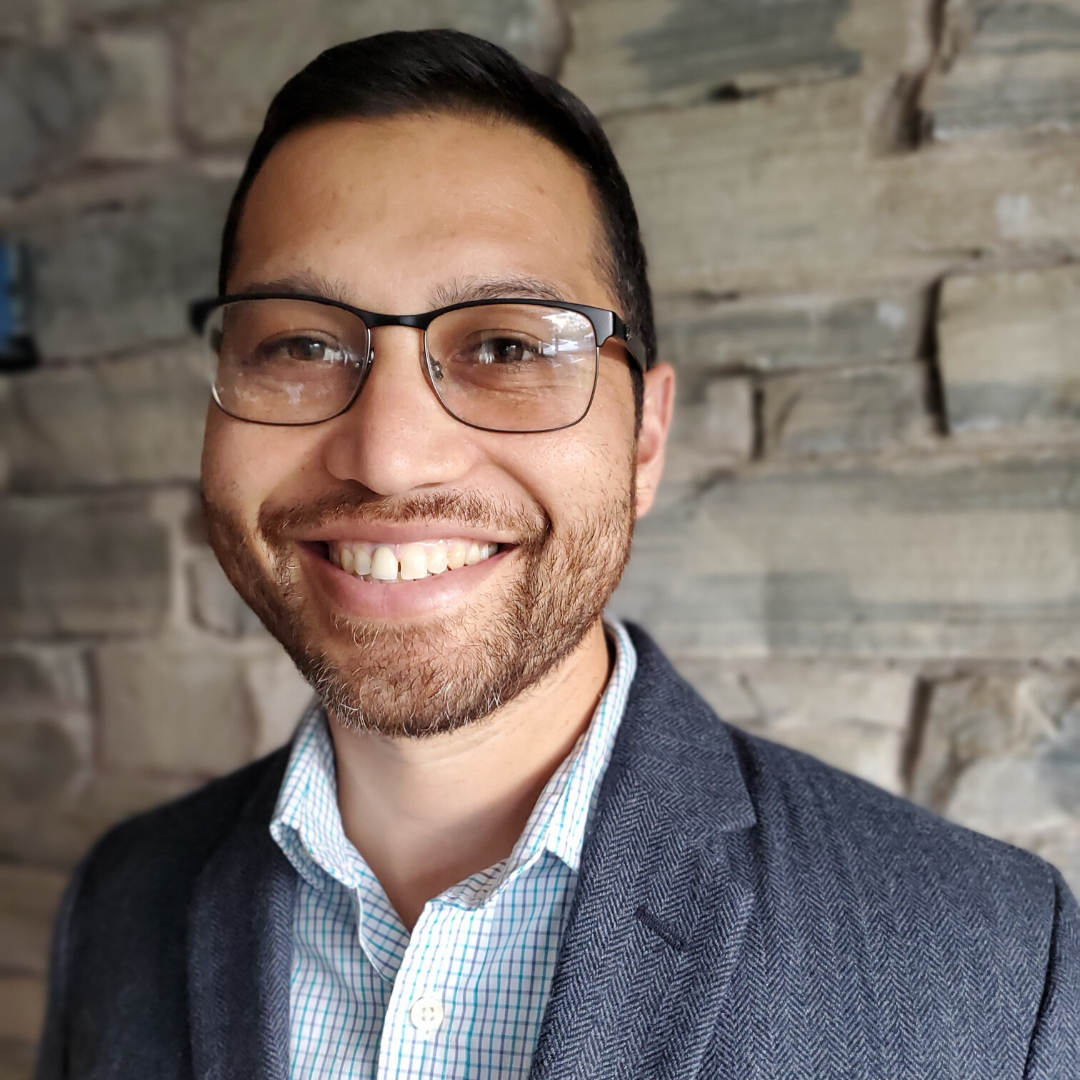 Jeremy Copperman, PhD, with mentors Daniel M. Zuckerman, PhD, and Joe W. Gray, PhD, at Oregon Health & Science University, Portland
Jeremy Copperman, PhD, with mentors Daniel M. Zuckerman, PhD, and Joe W. Gray, PhD, at Oregon Health & Science University, Portland
Cancer cell populations within a tumor are often diverse, and the dynamic shifting of cell state plays a major role in treatment resistance and cancer metastasis. Dr. Copperman is utilizing tools from statistical physics and modern machine learning to predict how subpopulations of cancer cells continuously adapt to survive and eventually metastasize to other organs in the body. Using time-resolved single-cell imaging and molecular measurements to inform data-driven models, he aims to develop predictive whole-cell modeling and optimal control strategies for heterogeneous cellular populations.
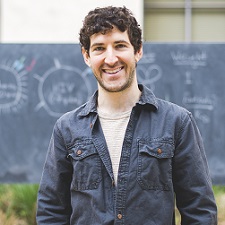 Tal Einav, PhD, with mentors Jesse D. Bloom, PhD, and Jonathan W. Yewdell, MD, PhD, at Fred Hutchinson Cancer Research Center, Seattle
Tal Einav, PhD, with mentors Jesse D. Bloom, PhD, and Jonathan W. Yewdell, MD, PhD, at Fred Hutchinson Cancer Research Center, Seattle
Dr. Einav is focusing on how the human immune system, with its millions of different antibodies, protects us against a range of assaults from pathogens such as influenza to rapidly evolving cancers. Recently, researchers have designed antibodies to help the body fight cancer, infection and other diseases. These efforts have only begun to tap into the potential of developing antibody mixtures. By understanding the collective action of multiple antibodies, this research will investigate how the immune repertoire can be bolstered to better combat diseases.
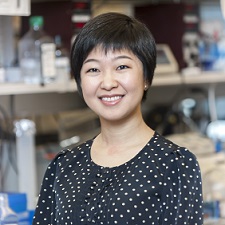 Siting Gan, PhD, with mentors Joan Massagué, PhD, and Dana Pe’er, PhD, at Memorial Sloan Kettering Cancer Center, New York
Siting Gan, PhD, with mentors Joan Massagué, PhD, and Dana Pe’er, PhD, at Memorial Sloan Kettering Cancer Center, New York
Dr. Gan focuses on brain metastasis in lung and breast cancer, a major cause of death for these patients. She is applying the latest single-cell technologies and developing computational tools to dissect how tumor cells interact with resident brain cells to mediate the progression of metastasis. This research aims to better understand the formation of brain metastasis which may lead to new therapeutic strategies for prevention.
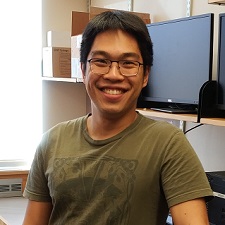 Vitor Mori, PhD, with mentors Jason H.T. Bates, PhD, DSc, and C. Matthew Kinsey, MD, at University of Vermont, Burlington
Vitor Mori, PhD, with mentors Jason H.T. Bates, PhD, DSc, and C. Matthew Kinsey, MD, at University of Vermont, Burlington
New technologies in the last decade have enabled chemotherapy to be delivered directly to lung tumors in contrast to systemic delivery that affects the whole body. Although recent studies have shown a partial or complete response ratio of 71% with significantly fewer side effects for patients treated intratumorally with cisplatin, optimal delivery strategies are debated. Dr. Mori is modeling cisplatin pharmacodynamics following injections, taking into consideration the heterogeneity of the tumor microenvironment. This research aims to optimize injection strategy to enhance targeting tumor cells while reducing side effects.
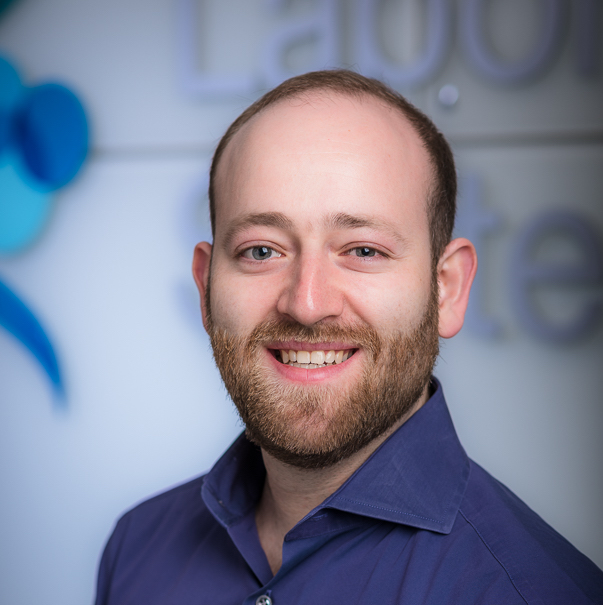 Denis Schapiro, PhD, with mentors Aviv Regev, PhD, and Peter K. Sorger, PhD, at Harvard Medical School, Boston
Denis Schapiro, PhD, with mentors Aviv Regev, PhD, and Peter K. Sorger, PhD, at Harvard Medical School, Boston
Dr. Schapiro is developing methods to uncover patient-specific biomarkers that can guide therapeutic decisions for melanoma. He will collect data using miniaturized devices that enable complex measurements of tumors before and after they are exposed to drugs. Using new computational algorithms, he hopes to discover the cellular and molecular features associated with drug responsiveness and resistance to guide treatment options in patients.
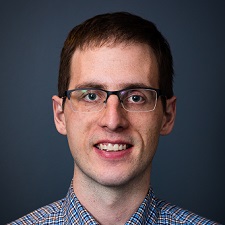 Collin Tokheim, PhD, with mentors X. Shirley Liu, PhD, and Eric S. Fischer, PhD, at Dana-Farber Cancer Institute, Boston
Collin Tokheim, PhD, with mentors X. Shirley Liu, PhD, and Eric S. Fischer, PhD, at Dana-Farber Cancer Institute, Boston
Unlike traditional drugs that bind and block the activity of key proteins in cancer cells, a new generation of drugs can eliminate proteins by hijacking the protein degradation machinery within cells. Dr. Tokheim is developing computational models that can identify degradable proteins that are linked to the development of human cancers. By leveraging big data from thousands of tumor profiles and a novel statistical and deep learning model, he will conduct an unbiased search for candidate proteins that can be verified experimentally. This research may lead to the development of drugs targeting protein degradation as a potent and selective way to treat a variety of human cancers.
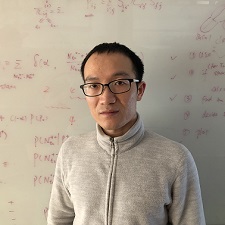 Shou-Wen Wang, PhD, with mentor Allon M. Klein, PhD, at Harvard Medical School, Boston
Shou-Wen Wang, PhD, with mentor Allon M. Klein, PhD, at Harvard Medical School, Boston
Many blood cancers, including leukemia and multiple myeloma, arise when early blood-forming cells do not develop properly. These aberrant cell fate choices cause abnormal blood cells to grow and divide uncontrollably. By combining lineage tracing, single-cell RNA sequencing (scSeq), and computational analysis, Dr. Wang aims to first develop a theoretical foundation and then build computational pipelines that reliably infer the order of events in cellular differentiation from these datasets. The results of this research may empower other biologists to systematically map out cell fate choice in their preferred systems. Applying the tools developed here to study perturbed blood formation (hematopoiesis) may also accelerate progress in understanding blood cancers.
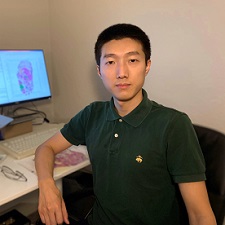 Runmin Wei, PhD, with mentors Nicholas Navin, PhD, and Ken Chen, PhD, at The University of Texas MD Anderson Cancer Center, Houston
Runmin Wei, PhD, with mentors Nicholas Navin, PhD, and Ken Chen, PhD, at The University of Texas MD Anderson Cancer Center, Houston
Dr. Wei is focusing on inflammatory breast cancer (IBC), an aggressive disease subtype without known genetic signatures. This suggests that IBC could be highly heterogeneous (the cells within a tumor are genetically diverse), and the tumor microenvironment (the environment surrounding a tumor) may be important for disease progression and therapeutic resistance. He is developing a computational toolkit to characterize the IBC tumor spatial heterogeneity and tumor microenvironment. He will leverage cutting-edge deep learning approaches to associate histopathology findings from tumor samples with single cell spatial sequencing information. This project will provide a better understanding of IBC initiation, progression and therapy responses at a molecular level.
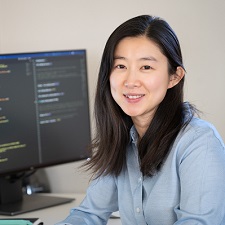 Hang Xu, PhD, with mentors Christina Curtis, PhD, and Calvin Kuo, PhD, at Stanford University School of Medicine, Stanford
Hang Xu, PhD, with mentors Christina Curtis, PhD, and Calvin Kuo, PhD, at Stanford University School of Medicine, Stanford
Chromosome instability (CIN), pervasive in human cancers, impacts tumor evolution and therapy response. On one hand, CIN may inactivate a tumor suppressor gene or activate a tumor oncogene and speed up the generation and evolution of cancer cells. Alternatively, CIN may induce destructive genomic changes that result in frequent cell death and impair tumor growth. Dr. Xu is investigating the overall effect of CIN on cancer progression using mathematical modeling and computational simulation coupled with a powerful 3D organoid system. She hopes to elucidate the role CIN plays in cancer evolution and lay the groundwork for novel treatment strategies for these tumors.
MEDIA CONTACT: Meghan McCurdy, Director, Communications and Marketing, meghan.mccurdy@damonrunyon.org
